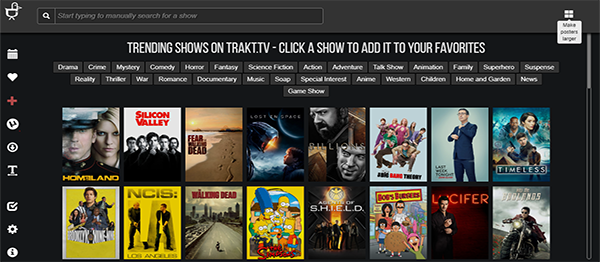What is the TCP/IP model ?
TCP/IP Reference Model
TCP/IP that is Transmission Control Protocol and Internet Protocol was developed by Department of Defence's Project Research Agency (ARPA, later DARPA) as a part of a research project of network interconnection to connect remote machines.
The OSI reference model has been very influential in the growth and development of TCP/IP standard, and that is why much OSI terminology is applied to TCP/IP. The TCP/IP model which we use today is slightly different from the original TCP/IP model. The original TCP/IP model had only four layers, but the updated TCP/IP model has five layers.
Like OSI reference model, TCP/IP protocol suite also has a model. The TCP/IP model is not same as OSI model. OSI is a seven-layered model, but the original TCP/IP is a four layered model.
The four layers of original TCP/IP model are Application Layer, Transport Layer, Internet Layer and Network Access Layer.
- Application Layer
- Transport Layer
- Internet Layer
- Network Access Layer
- Support for a flexible architecture. Adding more machines to a network was easy.
- The network was robust, and connections remained intact untill the source and destination machines were functioning.
The overall idea was to allow one application on one computer to talk to(send data packets) another application running on different compute.
Model can be shown as :
Application layer is the top most layer of four layer TCP/IP model. Application layer is placed on the top of the Transport layer. Application layer defines TCP/IP application protocols and how host programs interface with Transport layer services to use the network.
Layer 3. Transport Layer
Layer 2. Internet LayerTransport Layer is the third layer of the four-layer TCP/IP model. The position of the Transport layer is between Application layer and Internet layer. The purpose of Transport layer is to permit devices on the source and destination hosts to carry on a conversation. Transport layer defines the level of service and status of the connection used when transporting data.
Internet Layer is the second layer of the four-layer TCP/IP model. The position of Internet layer is between Network Access Layer and Transport layer. Internet layer pack data into data packets known as IP datagrams, which contain source and destination address (logical address or IP address) information that is used to forward the datagrams between hosts and across networks. The Internet layer is also responsible for routing of IP datagrams.
Packet switching network depends upon a connectionless internetwork layer. This layer is known as Internet layer. Its job is to allow hosts to insert packets into any network and have them to deliver independently to the destination. At the destination side data packets may appear in a different order than they were sent. It is the job of the higher layers to rearrange them in order to deliver them to proper network applications operating at the Application layer.
Network Access Layer is the first layer of the four-layer TCP/IP model. Network Access Layer defines details of how data is physically sent through the network, including how bits are electrically or optically signaled by hardware devices that interface directly with a network medium, such as coaxial cable, optical fiber, or twisted pair copper wire.
The protocols/standards included in Network Access Layer are Ethernet, Token Ring, FDDI, X.25, Frame Relay etc.
The most popular LAN architecture among those listed above is Ethernet. Ethernet uses an Access Method called CSMA/CD (Carrier Sense Multiple Access/Collision Detection) to access the media, when Ethernet operates in a shared media. An Access Method determines how a host will place data on the medium.
IN CSMA/CD Access Method, every host has equal access to the medium and can place data on the wire when the wire is free from network traffic. When a host wants to place data on the wire, it will check the wire to find whether another host is already using the medium. If there is traffic already in the medium, the host will wait and if there is no traffic, it will place the data in the medium. But, if two systems place data on the medium at the same instance, they will collide with each other, destroying the data. If the data is destroyed during transmission, the data will need to be retransmitted. After collision, each host will wait for a small interval of time and again the data will be retransmitted.
Merits of TCP/IP model
- It operated independently.
- It is scalable.
- Client/server architecture.
- Supports a number of routing protocols.
- Can be used to establish a connection between two computers.
Demerits of TCP/IP
- In this, the transport layer does not guarantee delivery of packets.
- The model cannot be used in any other application.
- Replacing protocol is not easy.
- It has not clearly separated its services, interfaces and protocols.
.png)



